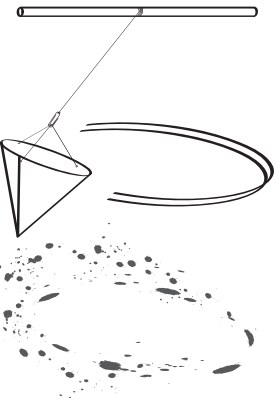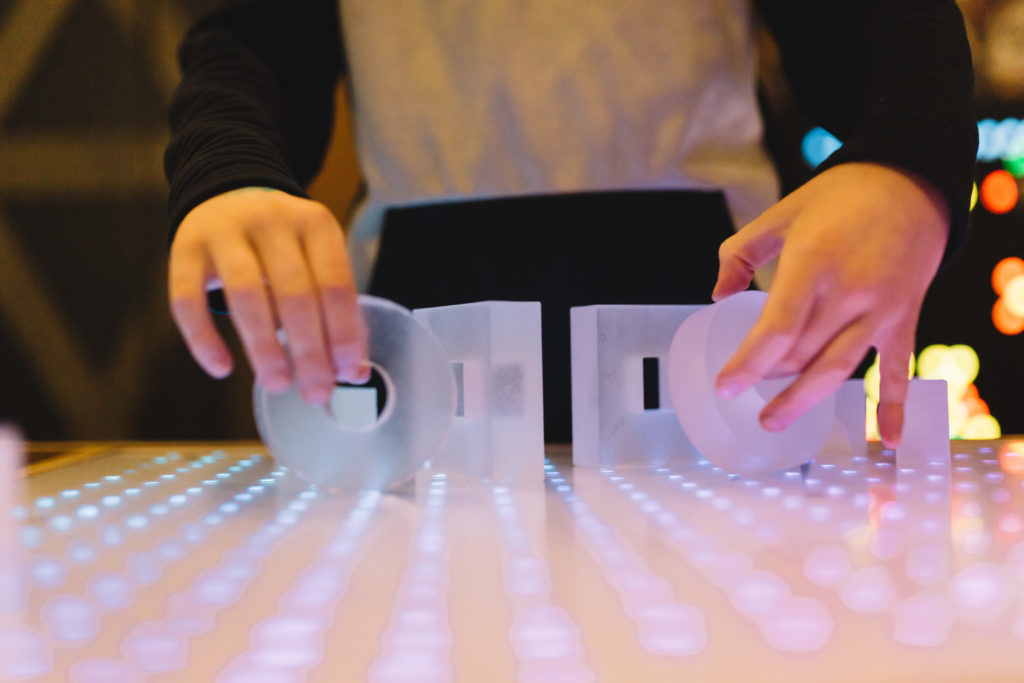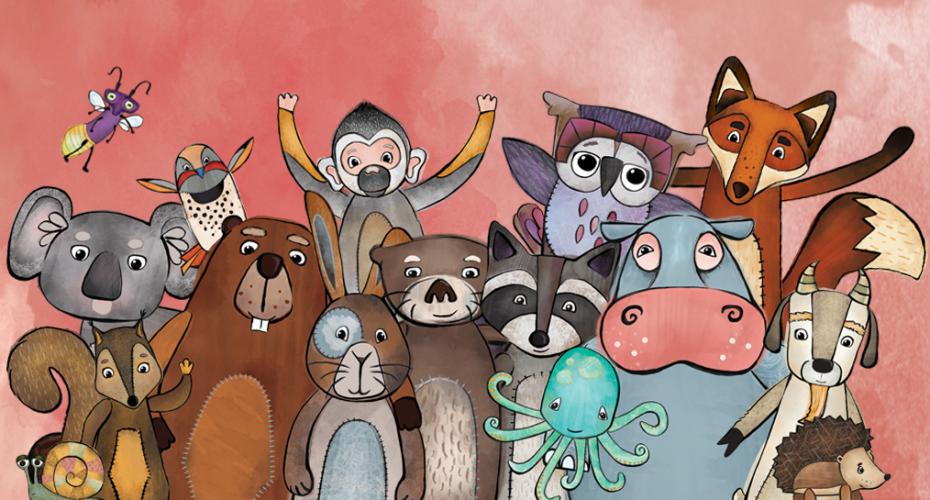Use a swinging pendulum to create art! As a pendulum swings, it follows an elliptical path. The paint allows children to see the path the pendulum is following, and experiment with how they can alter this.
These activities are part of Science World's Big Science for Little Hands program. They were developed and tested with Preschool and Kindergarten educators.
Gadgets and Contraptions printable guide




